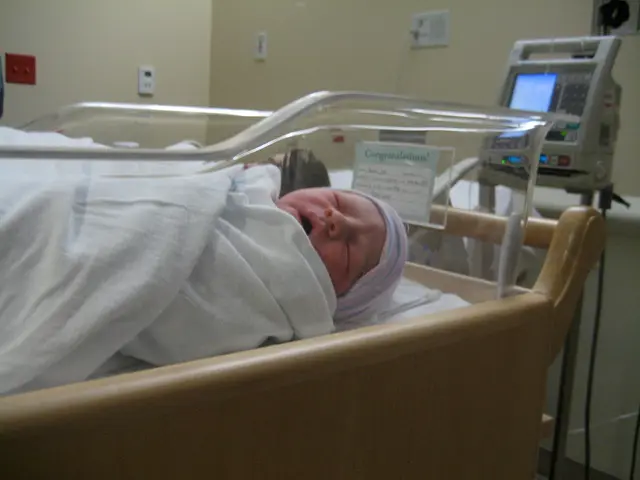Strategies for Boosting Scalp Condition Pre-Hair Transplant Surgery
In the lead-up to a hair transplant, maintaining a healthy scalp is crucial for ensuring the success of the procedure and promoting long-lasting, healthy hair growth. Here are ten key steps to follow for an ideal environment for follicle growth and long-term success.
1. **Consult a Qualified Specialist Early** Begin with a thorough consultation to assess your scalp and overall health, discuss medical history, allergies, medications, and the best transplant method. This ensures tailored pre-procedure care and reduces risks.
2. **Maintain a Clean Scalp** Regularly cleanse your scalp to remove buildup, excess oil, and dead skin cells. Choose gentle, low-alcohol shampoos to avoid irritation and maintain a balanced scalp environment.
3. **Keep the Scalp Moisturized** Use non-greasy, fragrance-free moisturizers to prevent dryness and itching, which can stress hair follicles and hinder growth.
4. **Avoid Harsh Chemicals and Irritants** Stop using heavy-duty or abrasive hair products. Opt for soothing, fragrance-free formulations that minimize inflammation and irritation.
5. **Stop Smoking and Limit Alcohol** Tobacco and excessive alcohol can impair blood circulation and healing. Follow your surgeon’s timeline to discontinue these substances before surgery to optimize scalp condition.
6. **Avoid Blood-Thinning Medications When Advised** Some medications increase bleeding risk during surgery. Inform your doctor about all supplements and medications so they can guide you when to stop certain drugs safely before the procedure.
7. **Incorporate Gentle Scalp Massage** Massaging the scalp gently boosts blood flow, delivering oxygen and nutrients to hair follicles, which supports their health and readiness for transplantation.
8. **Manage Scalp Conditions Promptly** Address dandruff, flaking, redness, or irritation with appropriate treatments like anti-fungal shampoos or exfoliating therapies to clear clogged follicles and restore scalp balance.
9. **Ensure Adequate Rest and Hydration** Get enough sleep and stay well hydrated in the days leading up to surgery to support overall healing capacity and scalp resilience.
10. **Prepare a Clean Home Environment for Post-Procedure Care** Plan for a hygienic space post-surgery to reduce infection risk and ensure you can follow aftercare instructions properly for the best long-term results.
By integrating these steps, you create a healthy, well-nourished scalp that maximizes follicle survival and promotes durable hair growth after a transplant procedure.
Additionally, it's important to avoid prolonged sun exposure, especially during peak hours (10 a.m. to 4 p.m.), to minimize UV exposure. Regular physical activity also boosts blood circulation, ensuring that oxygen and nutrients are delivered to the scalp, while ensuring adequate sleep and hydration are essential for overall health, and the scalp is no exception. Aim for 7-9 hours of quality sleep per night to ensure that your body has sufficient time to rejuvenate. By following these steps, you can confidently proceed with your transplant knowing your scalp is ready to support healthy, long-lasting hair growth.
- A well-balanced diet rich in nutrients is vital for supporting the overall health and skin-care needs of your scalp during the hair transplant process.
2.Invoke mental-health practices like stress-reduction techniques and mindfulness to enhance relaxation and promote healing of the scalp pre- and post-procedure.
- Considering fitness-and-exercise plays a role in hair-and-wellness as physical activity improves blood circulation, delivering essential oxygen and nutrients to the scalp to support long-lasting follicle growth.
- To bolster mental-health during the recovery period, engage in activities that bring you joy and positivity, such as spending time with loved ones, pursuing hobbies, or practicing gratitude.
- Lastly, adhere to good sleep hygiene practices to ensure restful sleep, as it directly affects mental-health, physical health, and, indirectly, hair growth potential.








